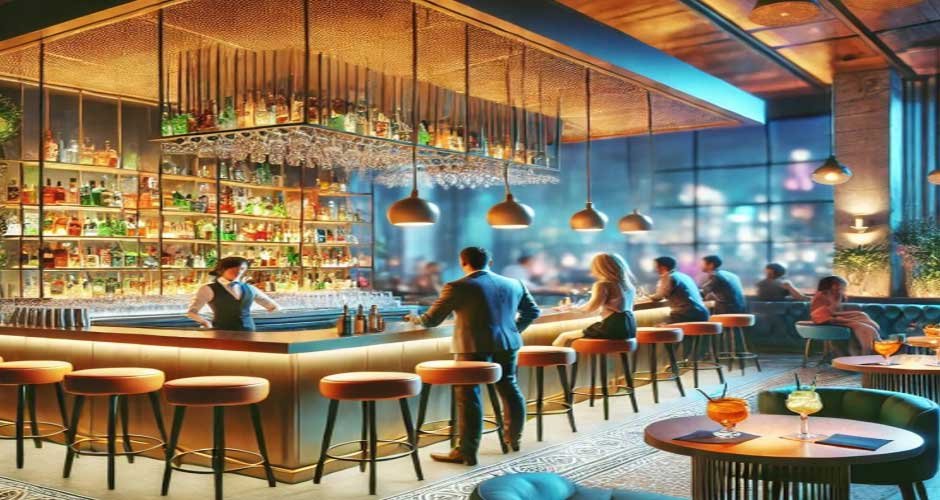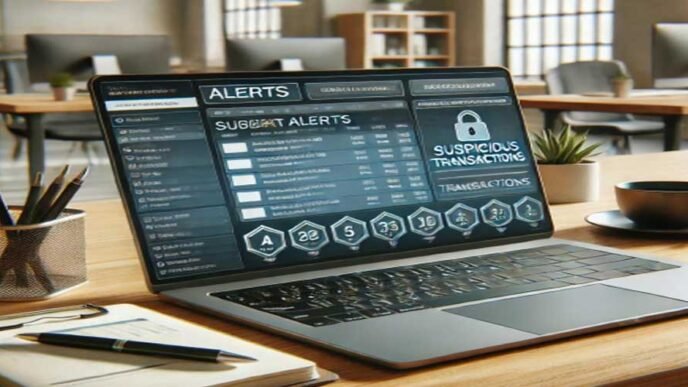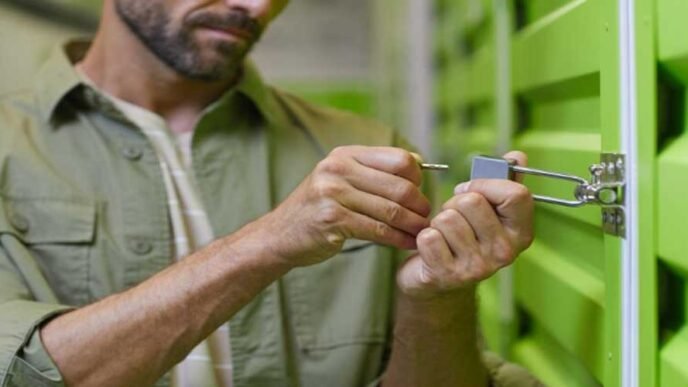Opening a bar is a dream for many entrepreneurs, but turning that dream into reality involves careful planning and a deep understanding of the hospitality industry. A successful bar requires more than just good drinks; it needs a unique concept, efficient operations, and an inviting atmosphere. This guide will walk you through the key considerations to ensure your bar not only opens successfully but thrives in a competitive market.
Define Your Concept and Target Audience
Before you begin looking for locations or designing menus, it’s crucial to define your bar’s concept and target audience. The concept is the foundation of your business, influencing everything from the decor to the types of drinks you serve.
Concept Development
Your bar’s concept should reflect your vision and passion. Are you aiming for a cozy neighborhood pub, a chic cocktail lounge, or a vibrant sports bar? The concept should be unique enough to stand out but also aligned with your personal strengths and interests.
Identifying Your Target Audience
Understanding your target audience is essential for tailoring your offerings and marketing strategies. Consider demographics such as age, income level, and lifestyle. For instance, a bar targeting young professionals in a downtown area will differ significantly from one aiming at retirees in a suburban setting.
Location and Layout
Choosing the right location can make or break your bar. It’s important to find a spot that attracts your target audience and offers visibility and accessibility.
Finding the Right Location
When scouting for locations, consider factors like foot traffic, competition, and accessibility. A high-traffic area with complementary businesses (like restaurants and theaters) can drive more customers to your bar. However, being close to competitors might also pose challenges unless your concept significantly differentiates you from them.
Designing the Layout
The layout of your bar should facilitate a smooth flow of customers and staff. Ensure there’s enough space for the bar area, seating, storage, and restrooms. Pay attention to details like lighting, acoustics, and ventilation, which can greatly impact the ambiance and comfort of your patrons.
Licensing and Regulations
Navigating the legal aspects of opening a bar can be complex but is crucial for avoiding fines and shutdowns.
Obtaining Licenses
You’ll need several licenses to operate legally, including a liquor license, health permits, and business licenses. The process and requirements for obtaining a liquor license can vary significantly by location, so it’s important to start early and consult with local authorities.
Complying with Regulations
Beyond licenses, bars must comply with various health, safety, and labor regulations. Ensure your establishment meets building codes, fire safety standards, and health department requirements. Regular inspections and adherence to regulations help avoid legal issues and build a reputation for reliability.
Crafting Your Menu
A well-crafted menu is essential for attracting and retaining customers. Your drink selection should reflect your concept and cater to your target audience’s preferences.
Selecting Beverages
Offer a diverse range of beverages, including signature cocktails, classic drinks, beers, wines, and non-alcoholic options. Collaborate with experienced bartenders to create unique and high-quality drinks that set your bar apart. Don’t forget to periodically update your menu to keep it fresh and exciting.
Incorporating Food Options
While some bars focus solely on drinks, offering a food menu can increase revenue and enhance the customer experience. Simple yet tasty bar snacks, appetizers, and light meals can complement your drinks and keep customers satisfied longer.
Presentation Matters
The presentation of your drinks and food can elevate the customer experience. Investing in unique glassware, garnishes, and customized coasters can enhance the aesthetic appeal of your offerings and reinforce your brand identity.
Hiring and Training Staff
Your staff plays a critical role in the success of your bar. Hiring the right people and providing comprehensive training can ensure exceptional customer service and smooth operations.
Recruitment
Hire individuals who are not only skilled but also align with your bar’s culture and values. Look for bartenders with creativity and a passion for mixology, servers with excellent communication skills, and a management team with strong leadership abilities.
Training and Development
Provide thorough training on drink preparation, food handling, customer service, and safety protocols. Continuous development opportunities, such as mixology workshops and customer service seminars, can keep your staff motivated and up-to-date with industry trends.
Marketing and Promotions
Effective marketing strategies are essential for attracting customers and building a loyal clientele. A mix of traditional and digital marketing can maximize your reach and impact.
Branding
Develop a strong brand identity that reflects your concept and appeals to your target audience. This includes your bar’s name, logo, color scheme, and overall aesthetic. Consistent branding across all touchpoints, from your signage to your social media profiles, helps create a memorable impression.
Online Presence
In today’s digital age, an online presence is crucial. Create a user-friendly website with essential information like location, hours, menu, and upcoming events. Active social media profiles on platforms like Instagram, Facebook, and Twitter can engage your audience and promote your bar.
Promotions and Events
Regular promotions and events can draw new customers and encourage repeat visits. Consider hosting themed nights, live music, trivia contests, or happy hours. Collaborate with local influencers or partner with nearby businesses to expand your reach.
Customer Loyalty Programs
Implementing a loyalty program can incentivize repeat business. Offer rewards such as discounts, free drinks, or exclusive access to events for loyal customers. Loyalty programs not only boost repeat visits but also encourage word-of-mouth referrals.
Financial Planning and Management
Proper financial planning and management are crucial for the sustainability and profitability of your bar.
Budgeting and Funding
Create a detailed business plan that outlines your startup costs, ongoing expenses, and projected revenue. Secure adequate funding through loans, investors, or personal savings. Keep a close eye on your budget to ensure you stay on track and make informed financial decisions.
Inventory Management
Efficient inventory management helps minimize waste and control costs. Implement a system for tracking stock levels, monitoring usage patterns, and ordering supplies. Regularly review your inventory to identify slow-moving items and adjust your ordering practices accordingly.
Financial Reporting
Regular financial reporting provides insights into your bar’s performance. Monitor key metrics like sales, expenses, and profit margins. Use this data to identify trends, make informed decisions, and adjust your strategies as needed.
Conclusion
Opening a successful bar requires careful planning, creativity, and a deep understanding of the hospitality industry. By focusing on a unique concept, prime location, exceptional service, effective marketing, and sound financial management, you can create a thriving establishment that stands out in a competitive market. Embrace the journey, stay adaptable, and continually seek ways to enhance your bar’s offerings and customer experience.












